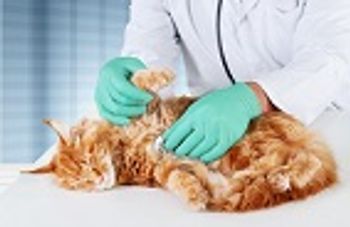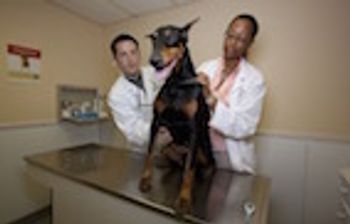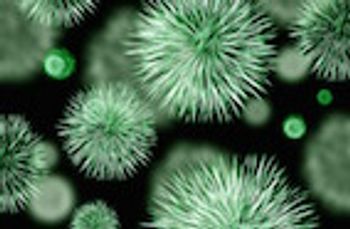
According to a recent study, learning in horses is affected by extrinsic stress, reinforcement type, and personality.
Dr. Pendergrass received her DVM degree from the Virginia-Maryland College of Veterinary Medicine. Following veterinary school, she completed a postdoctoral fellowship at Emory Universitys Yerkes National Primate Research Center. Dr. Pendergrass is the founder and owner ofJPen Communications, a medical communications company.

According to a recent study, learning in horses is affected by extrinsic stress, reinforcement type, and personality.

A team of researchers determined that priming equine mesenchymal stem cells with proinflammatory cytokines negatively affects the cells’ proliferation and differentiation potential.

The prevalence of specific subgingival bacteria varies between dogs and humans with periodontal disease.

A team of researchers has determined that the urinary bladder of healthy dogs contains a diverse bacterial population that differs from the genital and rectal microbiomes.

Ticks are expanding in number and geographic distribution across the United States. Here’s how veterinarians can help protect people and pets from tick-borne disease.

Researchers observed marked differences in immune and endocrine responses between managed-care and wild dolphins, illustrating the environment’s effect on dolphin health.

Proper management of fear-based aggression requires a correct diagnosis of the problem and use of appropriate management options.

Survey results reveal how guide dog owners perceive the behavior of their guide dogs in both working and nonworking situations.

Researchers have identified several early predictive factors for obesity in adult female beagles, adding to the current body of knowledge on canine obesity risk factors.

Researchers measured the antimicrobial susceptibility of coagulase-positive staphylococci identified in clinical infections from companion animals.

Researchers have determined that several congeners of two persistent organic pollutants are associated with increased risk of feline hyperthyroidism.

A recent review article links animal abuse and human violence, emphasizing the veterinarian’s important role in preventing and reducing both.

Inspired by the discovery of an antimicrobial protein in Komodo dragon plasma, researchers have synthesized a peptide called DRGN-1 that demonstrated potent antimicrobial and wound healing activity.

In successive generations of homing pigeons, researchers observed that collective intelligence accumulates and leads to progressive modifications.

Silver nanoparticles have demonstrated marked antibacterial activity against multi-drug resistant bacteria commonly found in infected postsurgical wounds in humans.

Analyzing different birth modes, researchers identified associations between gut microbiota composition in 3-month old infants and exposure to furry pets.

Mandrills use olfaction to detect intestinal protozoa in conspecifics and change their behavior to avoid infection.

Quantitative Light-induced Fluorescence is an imaging technique that reliably detects dental plaque coverage in adult domestic short-haired cats.

The nasopharyngeal microbiota of beef cattle undergoes significant and rapid changes following arrival at a feedlot, increasing cattle’s susceptibility to bovine respiratory disease after feedlot placement.

In a recent study, researchers sought to shed light on the pathophysiology of feline diabetes mellitus by measuring levels of selected circulating hormones and metabolites in diabetic and nondiabetic cats.

The new test uses mitochrondrial DNA and shows higher sensitivity and better detection over testing with ribosomal DNA.

Measuring canine prostate-specific arginine esterase levels can be an alternative or complementary method to accurately diagnose benign prostatic hyperplasia in middle-aged dogs.

In addition to environmental and hereditary factors, DNA replication errors can produce mutations that cause cancer.

Researchers designed a cell-penetrating peptide called FOXO4-DRI that selectively targeted senescent cells for apoptosis and restored tissue function.

Researchers determined whether blood sucrose was a diagnostically accurate screening test for equine gastric ulcer syndrome in adult horses.

In a great example of the “cross-kingdom” concept in action, decellularized plants have demonstrated potential as an environmentally friendly alternative to tissue engineering scaffolds.

Antibodies in commercial broiler chickens have a limited effect on C. jejuni clearance from the intestine, particularly the ceca—indicating minimal impact on the risk for foodborne zoonotic transmission from these birds.

When conducted early in a dog’s service training, functional MRI may be able to predict suitability for service work, saving significant time and money.

Dogs can use deception to get what they want from people, according to a study in Animal Cognition.

A recent study has confirmed known risk factors and identified new potential risk factors for feline diabetes mellitus.